The enormous Swayambhunath Stupa is perched atop a green hillside on the western outskirts of Kathmandu (opening timings: daily 6 am-sunset). A location that dates back more than 2,500 years marks the spot where the illustrious progenitor Manjushri (a bodhisattva associated with knowledge) found the blossom of the old valley lake. The painted eyes of the Buddha have been gazing out from this magnificent structure’s four sides for millennia, serving as a significant center of Buddhist study.
The Stupa of Swayambhunath is a pioneer of its era, built following precise guidelines, each with a historical significance. Its gleaming white cone-shaped mound, which symbolizes beginnings, is surrounded on all sides by sculptures of meditating Buddhas, each of whom stands for one of the four components: earth, fire, air, or water. The tent at the peak represents the route to nirvana, and the 13 gilt rings on the spire represent the 13 levels of wisdom needed to travel up it. The entire thing is draped with colorful devotional banners, and requests are sent to heaven with each flutter. The devout walk around the monument in a clockwise direction, spinning the banks of prayer wheels as they go and occasionally bowing completely to the ground in adoration.
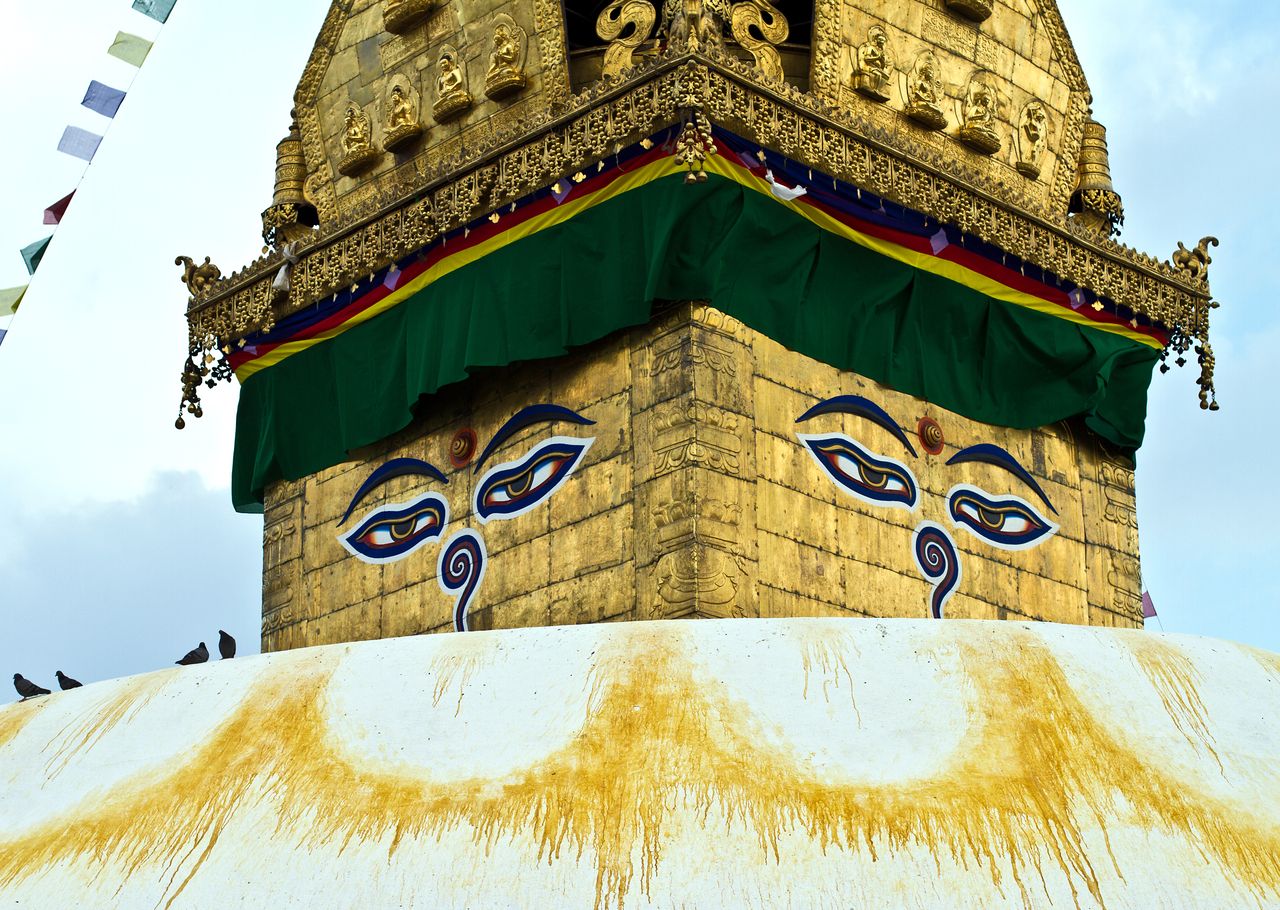
The all-seeing eyes of Buddha look upon the world from all four directions of the Swayambhunath Stupa in Kathmandu, Nepal. They are painted on the base of the spire and symbolize the wisdom and compassion of the Buddha © CLICKMANIS
In order to reach the monastery, travelers must take up a high flight of 300 stone stairs through a forested park lined with statues of creatures and birds, which are considered the deities’ chariots. Vehicles can drive halfway up the hill’s backside and halt next to a Tibetan monastery. According to legend, Manjushri had his hair cut at Swayambhunath, where each hair turned into a tree and the lice into monkeys; it is best to avoid getting too close to the rhesus macaques that live nearby the monastery because they are very demanding. The base of the hill is flanked by banks of brand-new stupas and meditation wheels.
Just at four compass directions of the stupa, statues of the Buddha are resting in elaborate niches. The perpetual burner is protected in a padded cell behind the stupa by sculptures of the goddesses Ganga and Jamuna, both of which are marvels of Newari bronze sculpture. There are numerous chaityas, little stupas, two shikhara-style temples, and a sizable vajra surrounding the terrace (symbolic thunderbolt). In the dim light of smoldering butter lamps, a nearby gompa (Buddhist monastery) holds daily services under the watchful gaze of its enormous Stone. The numerous monument places are consistently maintained by workers and custodians appointed by the indigenous governments.
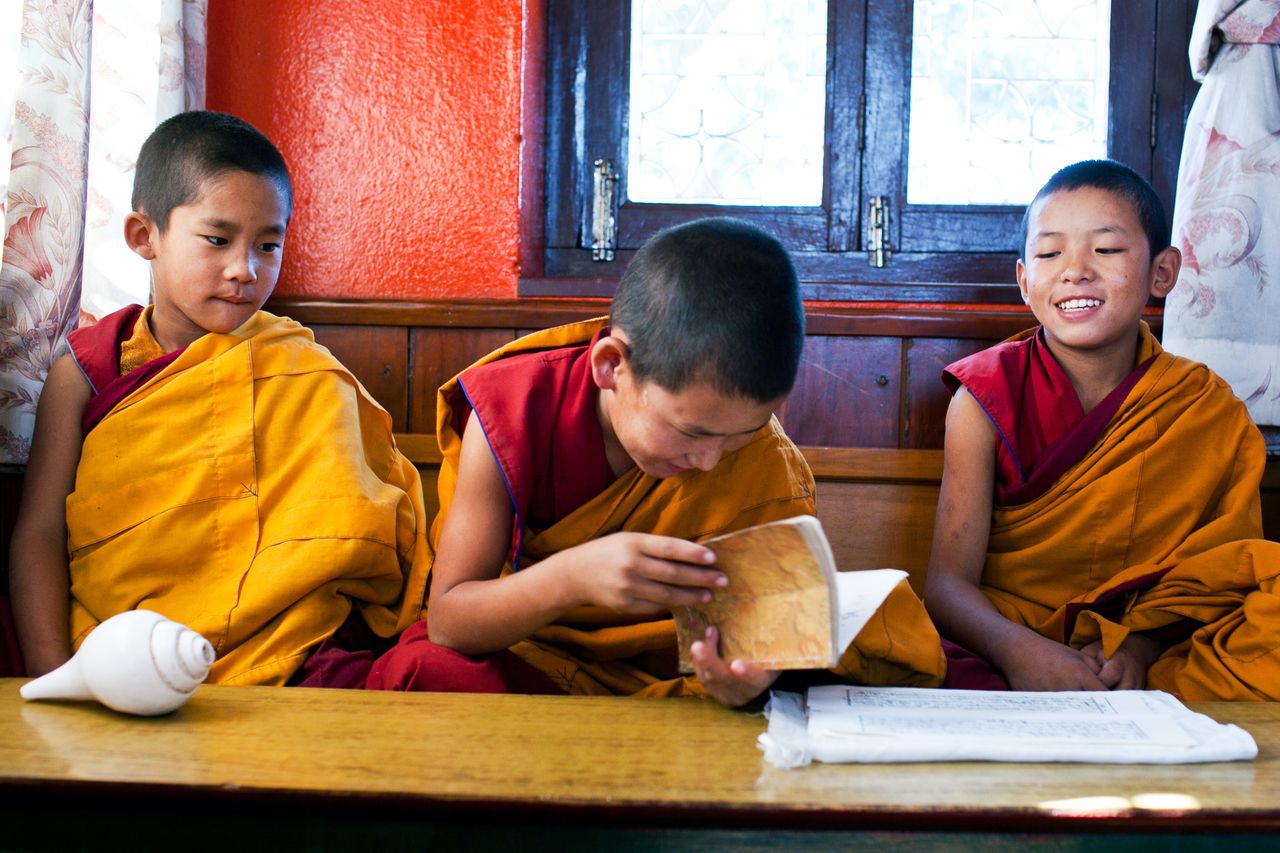
Young novice monks in the monastery school in Kathmandu where they receive instruction © Zzvet
Flip round but rather gaze out across the breathtaking nature of the hillside if you start to feel a little overpowered by all the religious intensity. The best site to observe Kathmandu’s vastness, which is constantly expanding, is from here. Around the monastery, there are a lot of inexpensive eateries and numerous stands offering gifts and food donations.
The National Museum in Chhauni houses cultural antiquities, including historic stone statues and paintings, and is located about 15 minutes walk south of Swayambhunath, sculpting, as well as woodwork. Images of Buddhist gods can be found in ancient artifacts.
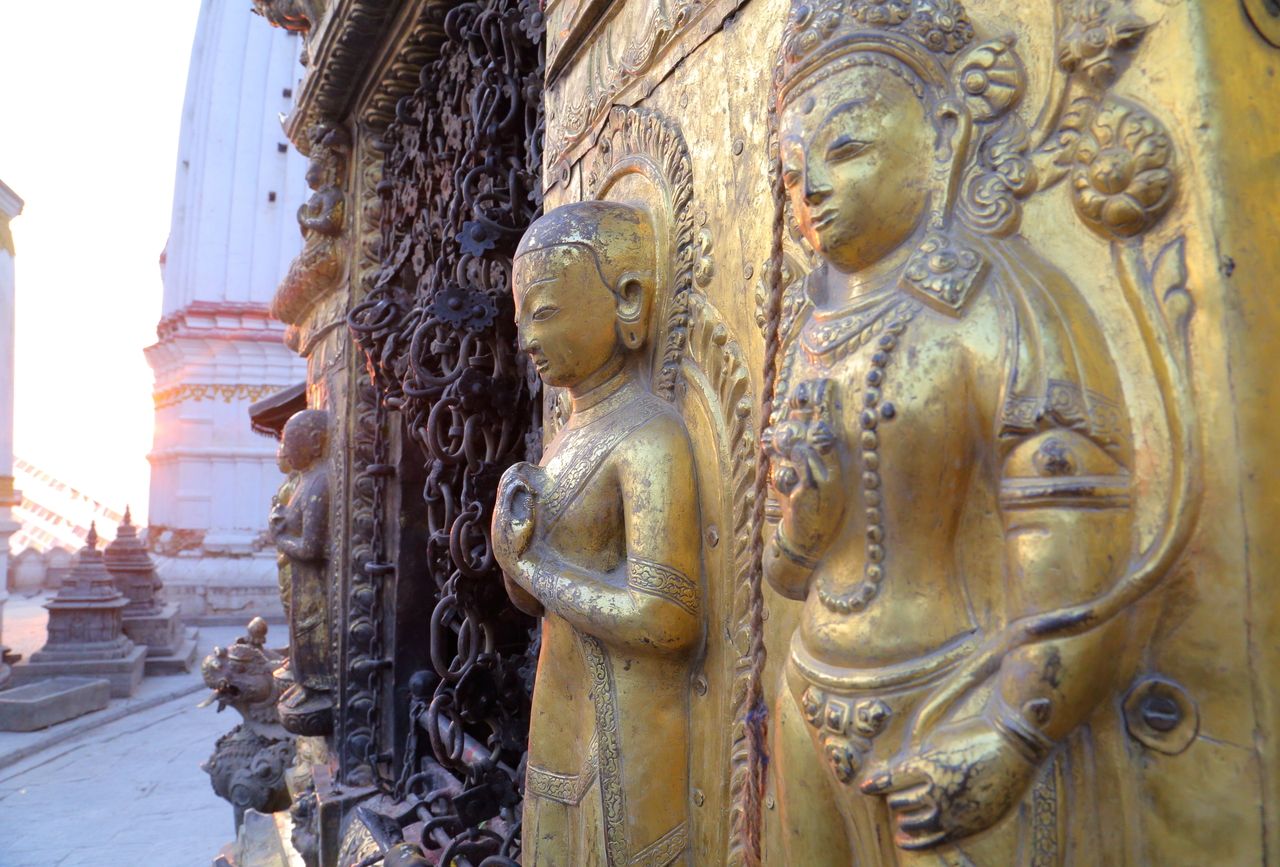
Detail of the stupa at Swayambhunath. This ancient religious complex consists of a main stupa, numerous temples and shrines © Yury Birukov
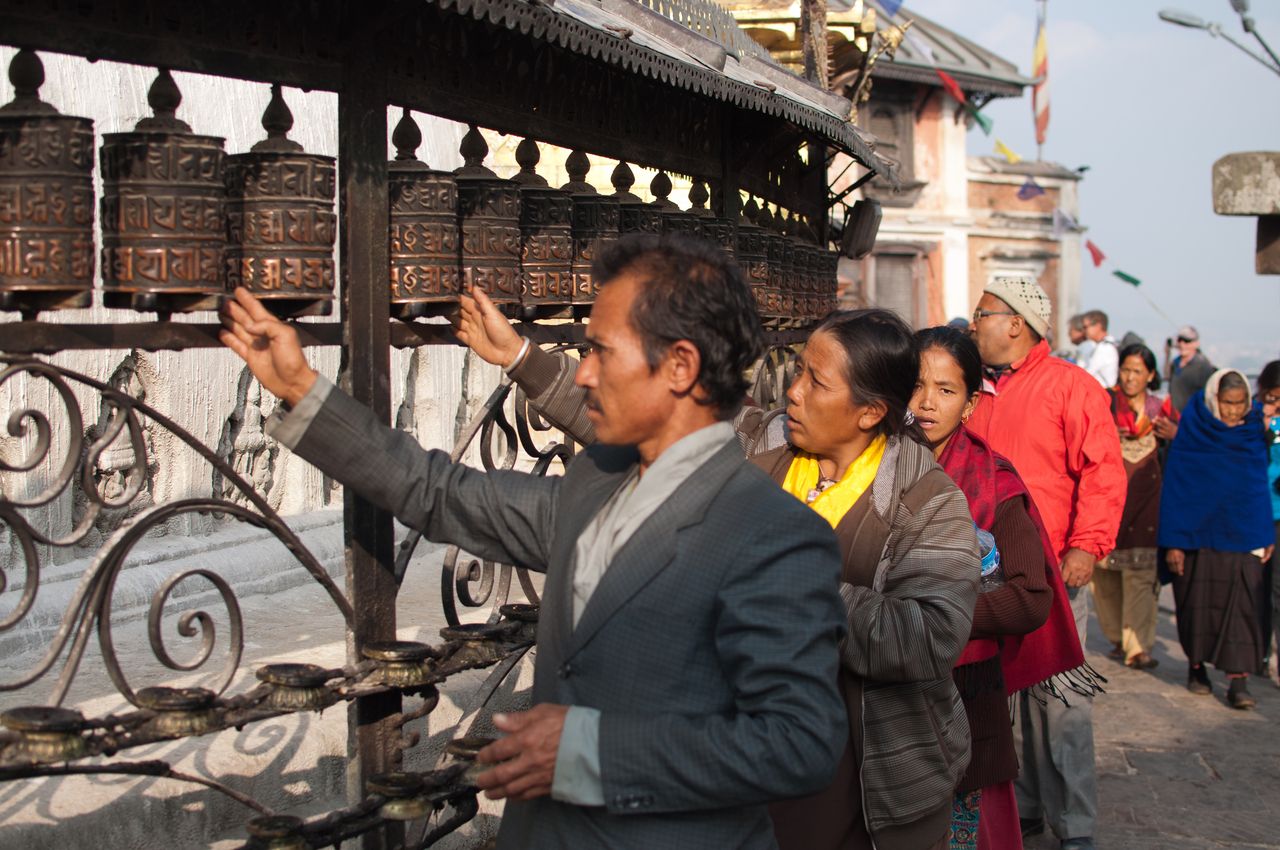
Pilgrims walk clockwise around the dome-shaped Swayambhunath Stupa in Kathmandu. It is estimated that around 7000 devotees, tourists and pilgrims visit this site every day © Mohd Shukur Jahar
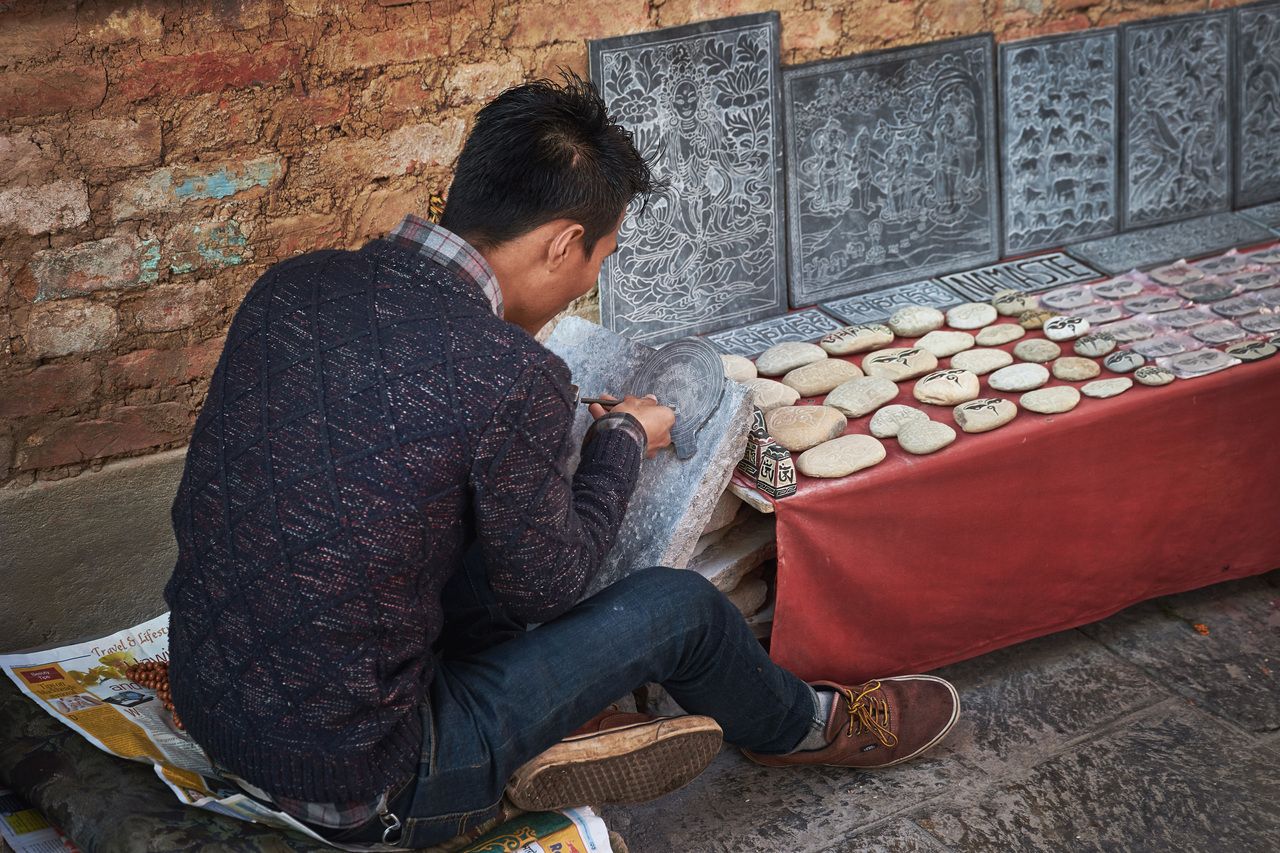
A Nepalese stone craftsman sells his handmade carvings outside the Swayambhunath Stupa © Vladimir Zhoga
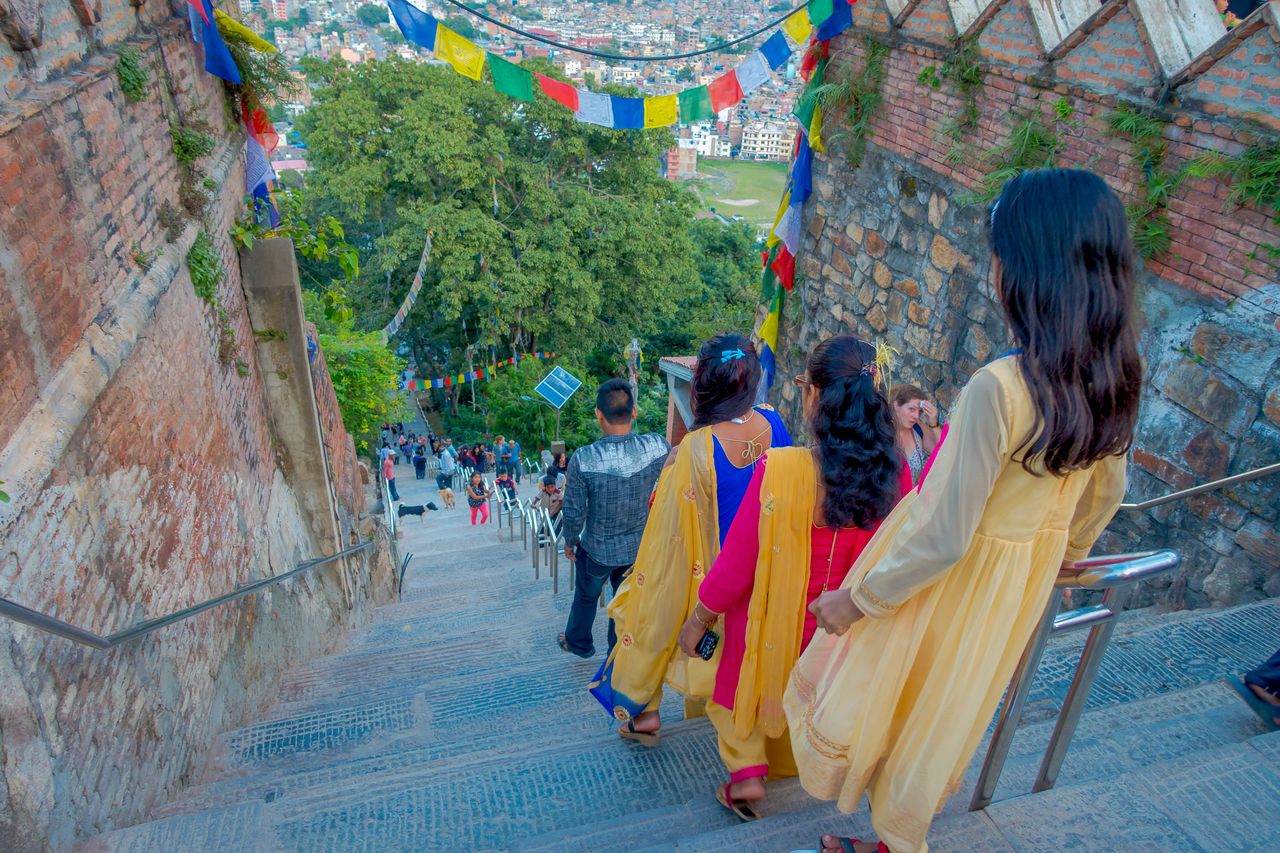
Visitors descend the many stairs to the temple at Swayambhunath. Colorful prayer flags greet them as they climb down © Fotos593
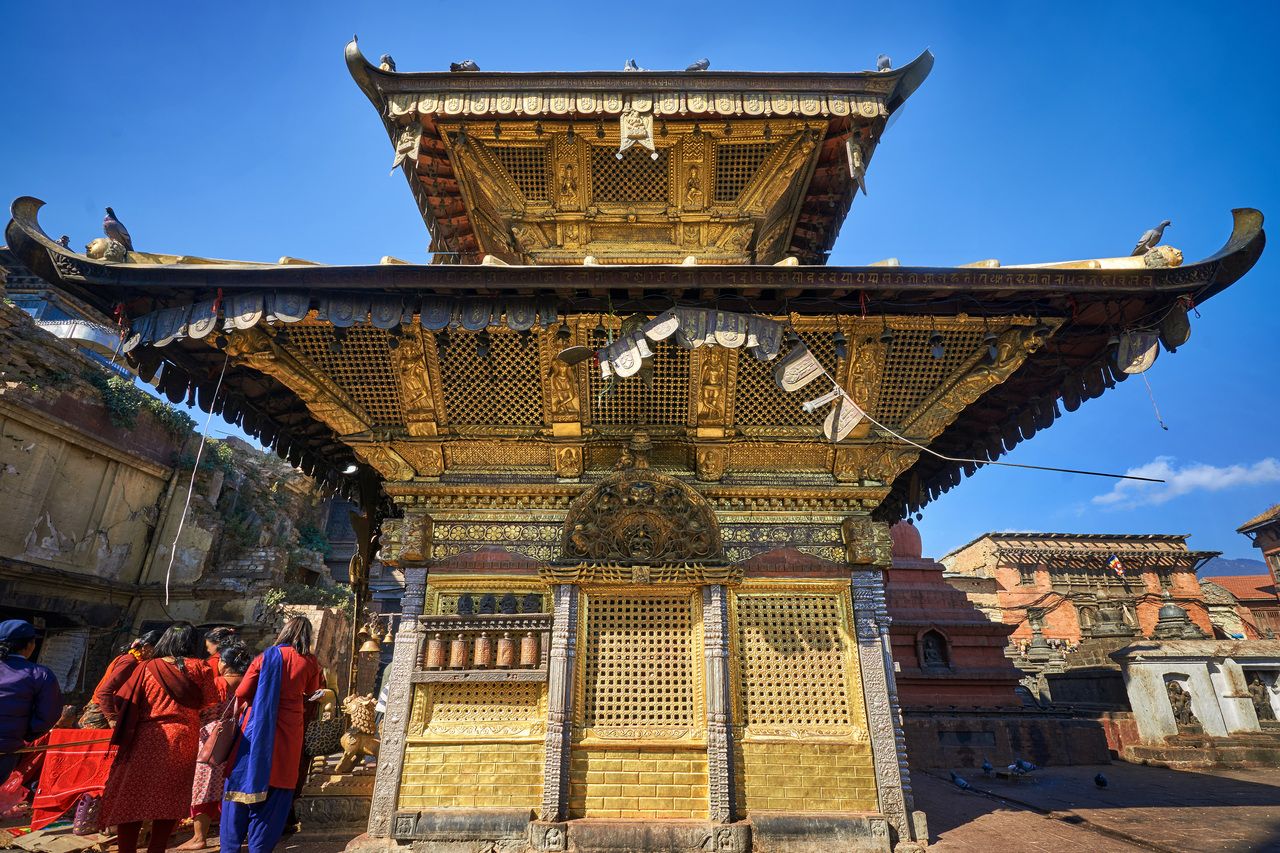
The two storied, completely gilded Hariti or Ajima Hindu Temple. Two metal gilded lions guard the main entrance. It forms part of the Swayambhunath Temple Complex outside Kathmandu © Vladimir Zhoga

Women visiting the so-called Monkey Temple of Swayambhunath light candles and make offerings to one of Buddha’s spiritual icons © MoLarjung
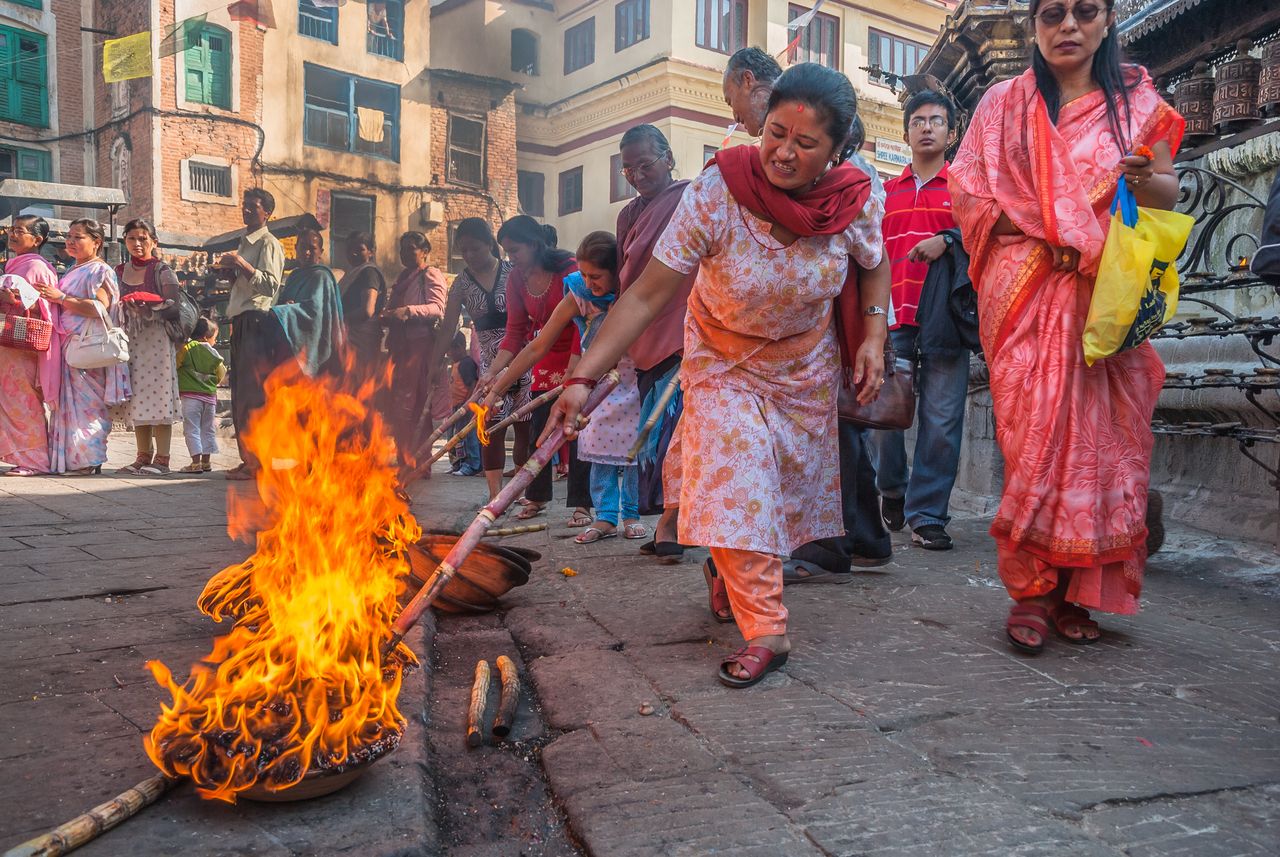
Devotees wait patiently for their turn to make their offerings to their deity during a religious festival at Swayambhunath Stupa, one of the most beloved temples in Nepal © MoLarjung
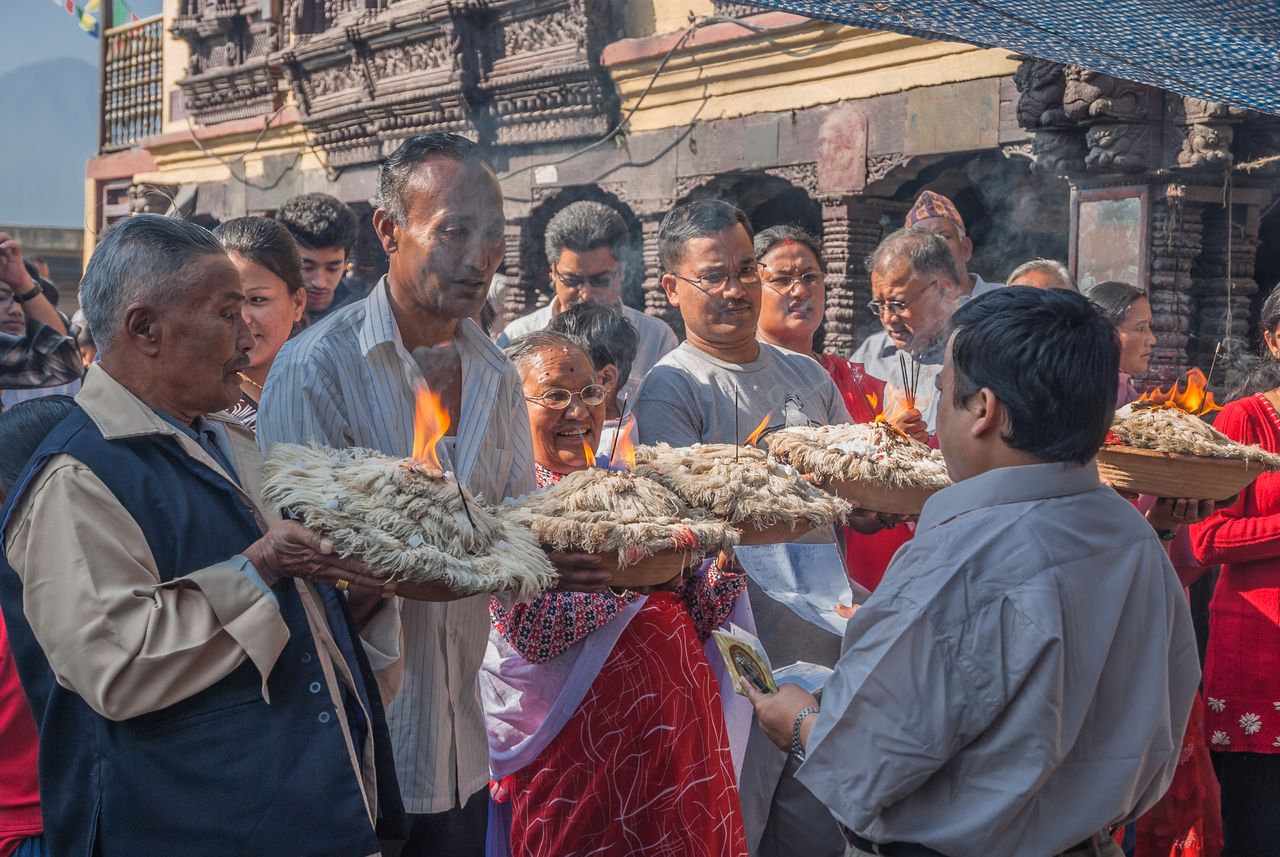
Pilgrims and devotees take part in traditional rituals at the Swayambhunath Stupa in Kathmandu. This ancient religious complex is located close to Kathmandu on a hilltop overlooking the city © MoLarjung
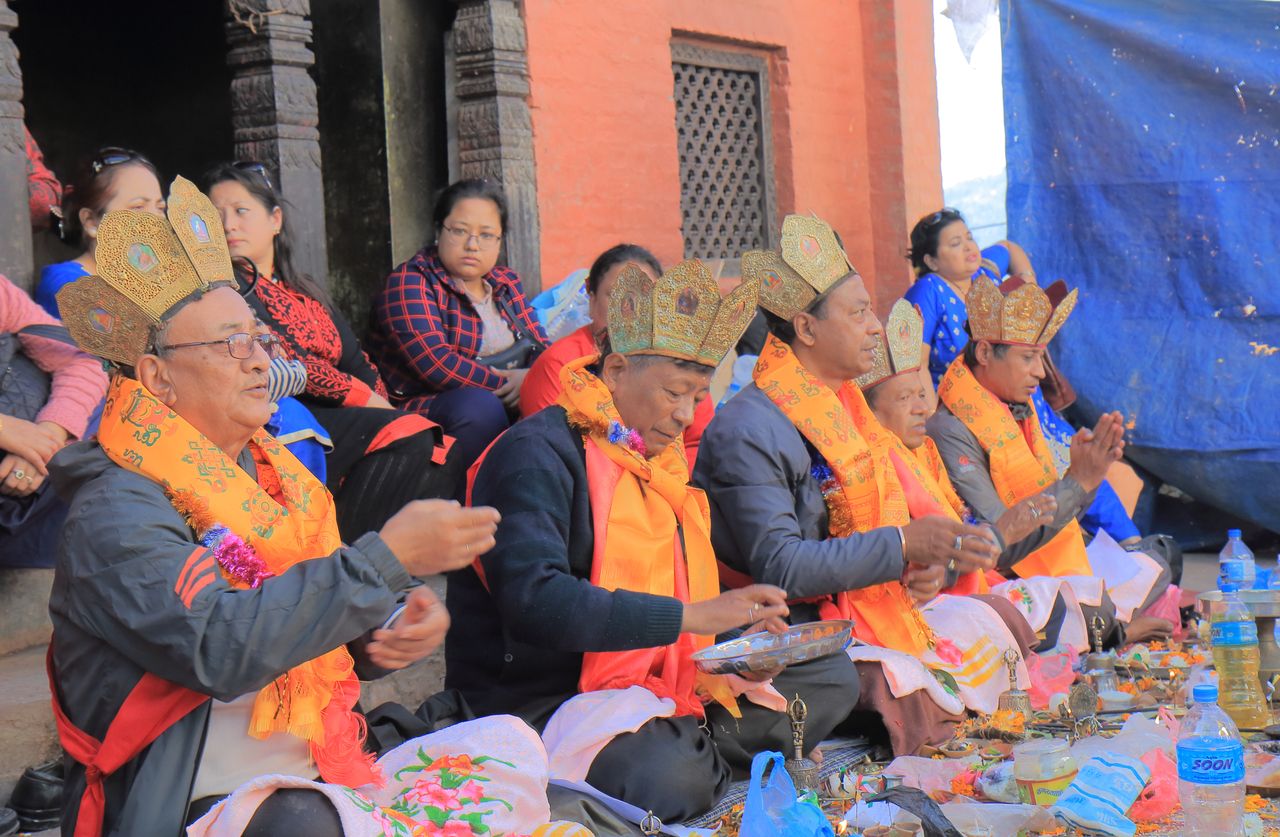
Men pray and give offerings during a religious ceremony held at the Swayambhunath Temple in the Kathmandu Valley © TK Kurikawa
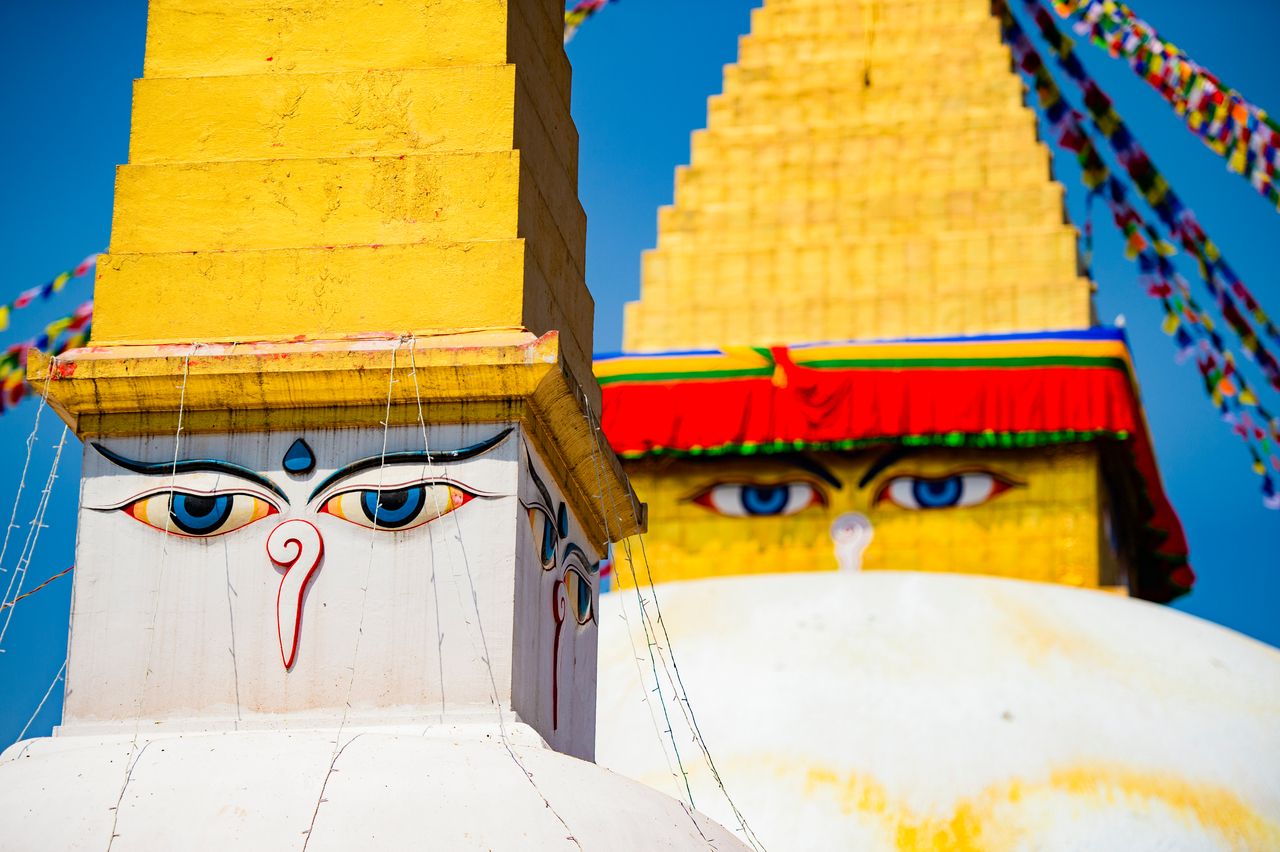
Two pairs of Wisdom Eyes on the base of the spires of the Monkey Temple at Kathmandu. The half-closed Eyes of Buddha are a symbol of the Buddha’s omniscient nature © Zangrilli Andrea
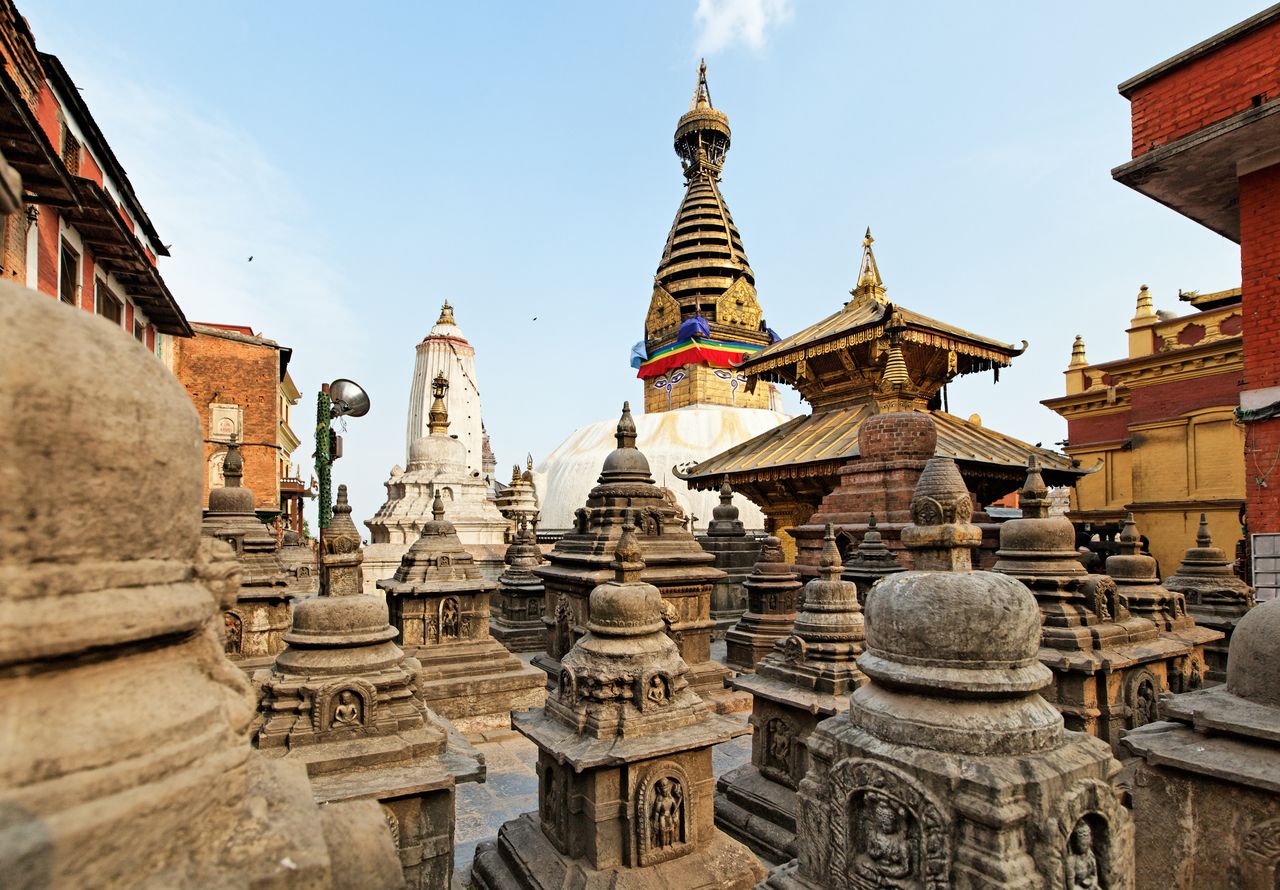
Every inch of the Swayambhunath Temple Complex is beautifully decorated, whether in stone carvings of colorful designs © HamsterMan
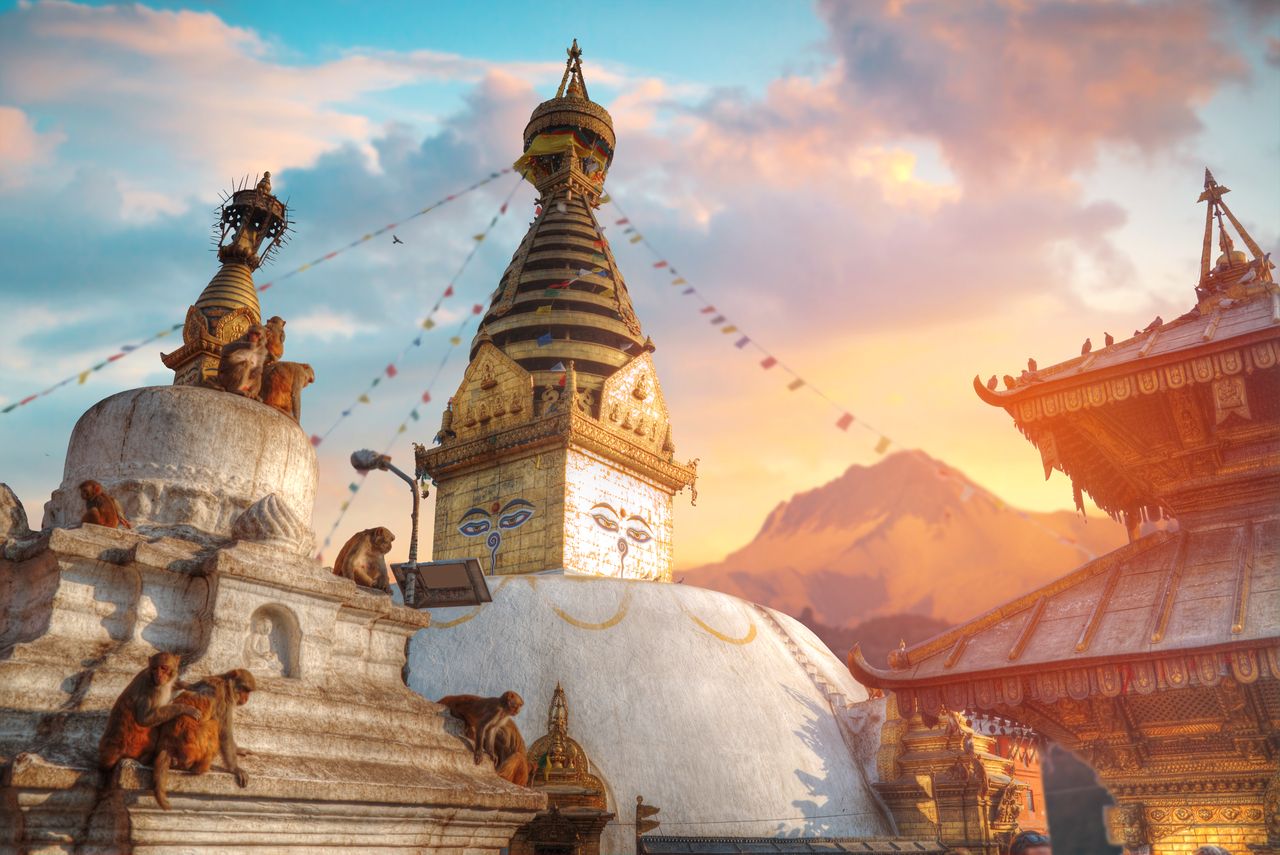
Monkeys abound at the Swayambhunath Stupa. These animals are allowed to roam freely and are respected by Tibetan Buddhists and Hindus © Skreidzeleu
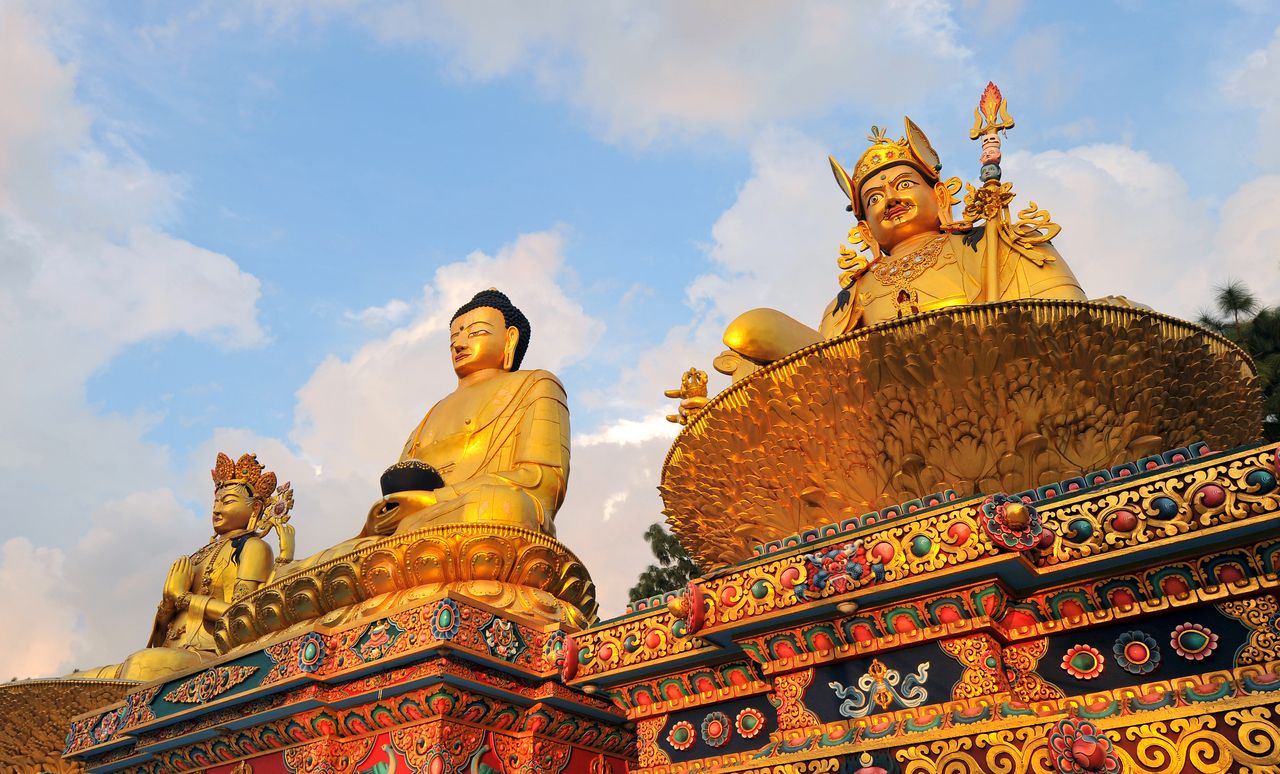
Golden statues of the Buddha shine in the rays of the setting sun at Swayambhunath Stupa on a hilltop outside Kathmandu © Hung Chung Chih

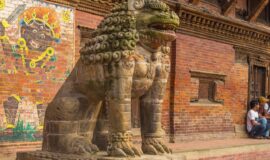
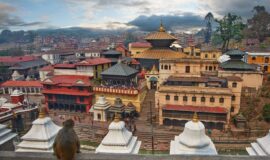
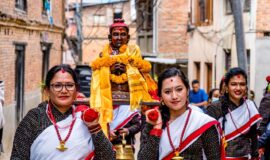
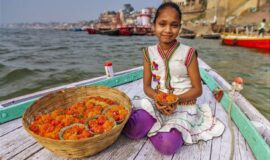
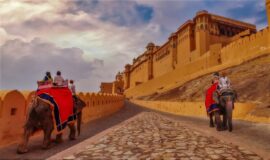
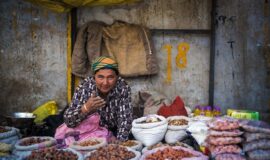
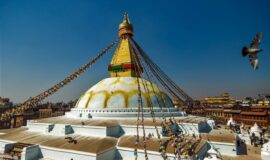
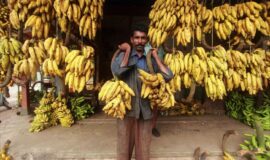
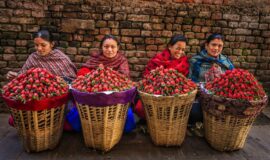
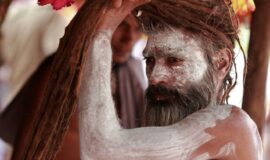
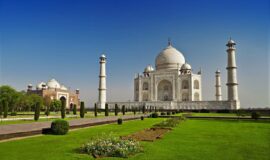
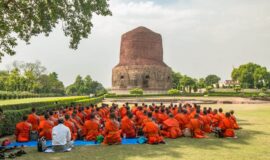
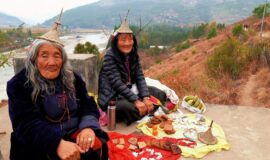
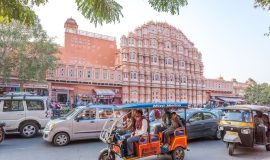
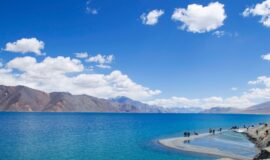
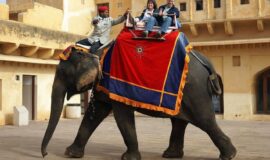
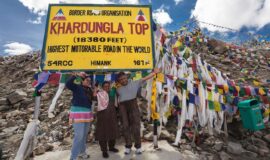

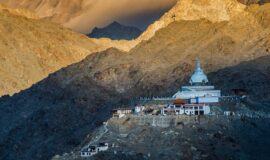
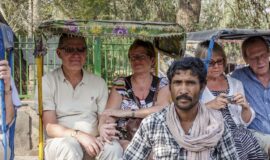
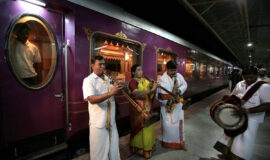
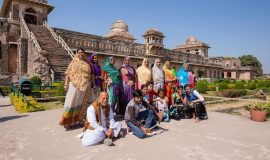
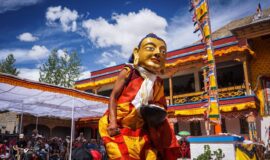
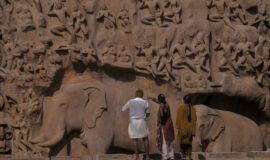
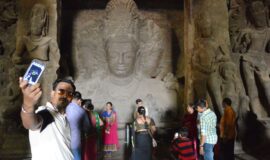
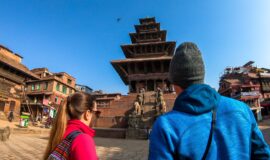
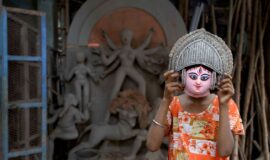
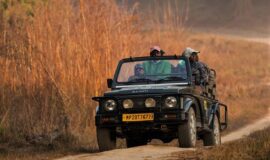
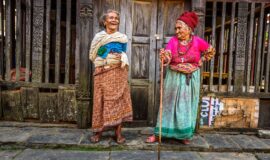
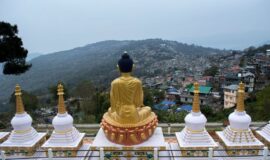
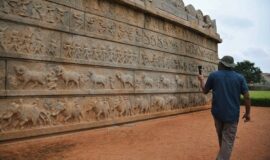
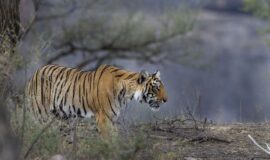
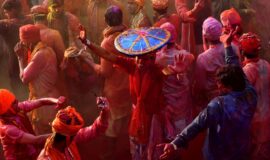
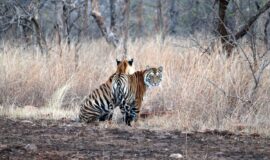
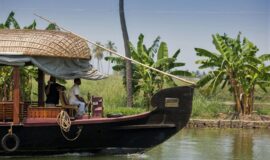
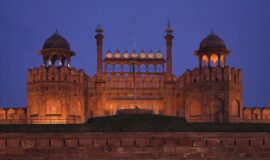
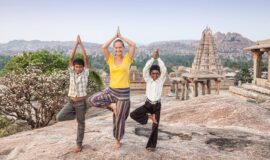

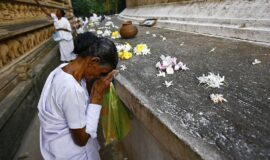
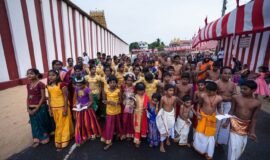
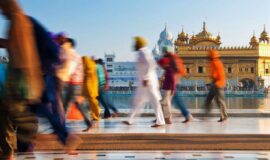
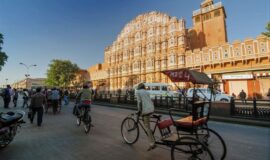

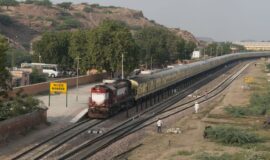
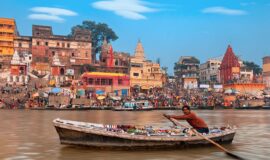
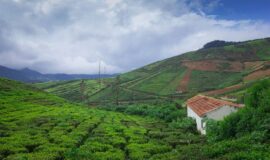

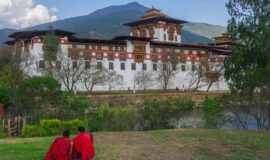
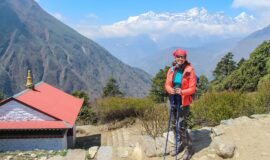
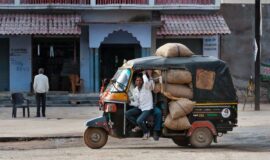

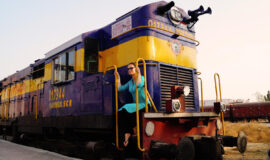
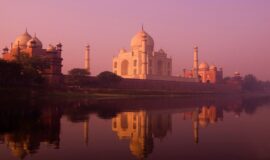
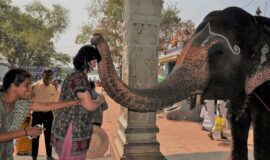
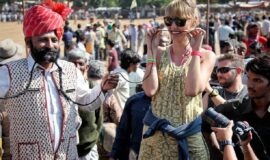
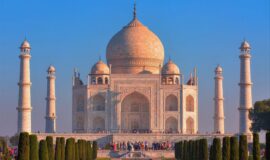
![Golden Triangle Tour with Goa [Culture + Beach Vacation] (12 days) Golden Triangle Tour with Goa [Culture + Beach Vacation] (12 days)](https://www.vacationindia.com/wp-content/uploads/2022/06/golden-triangle-tour-with-beach-vacation-270x160.jpg)